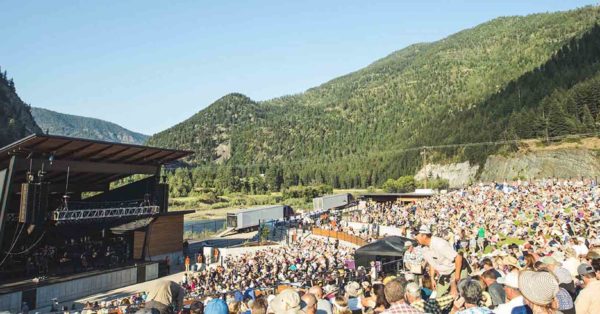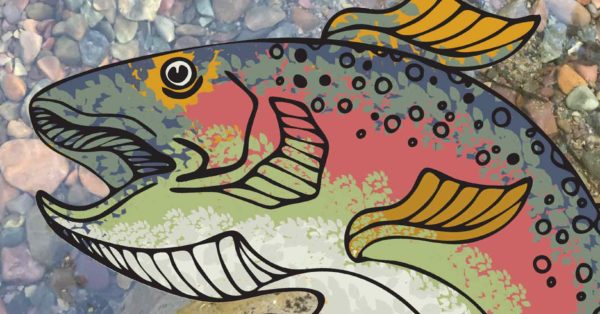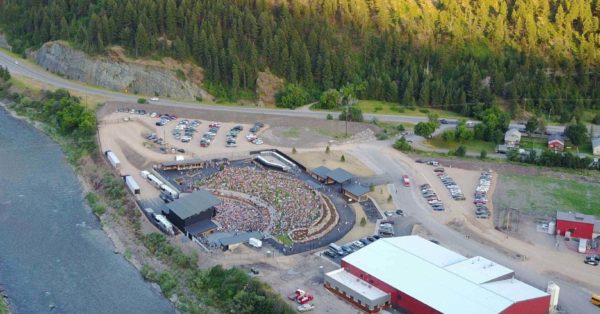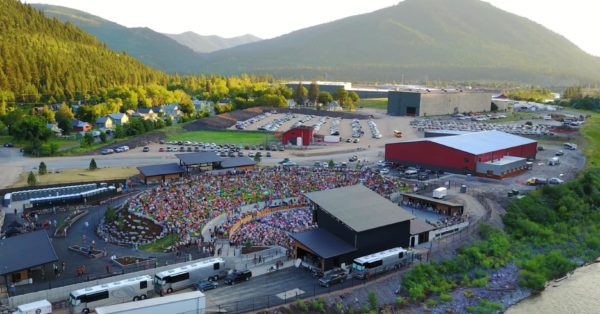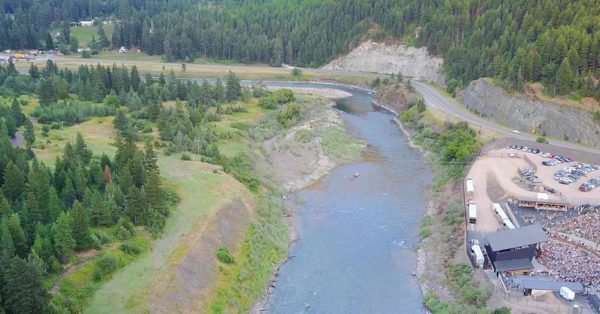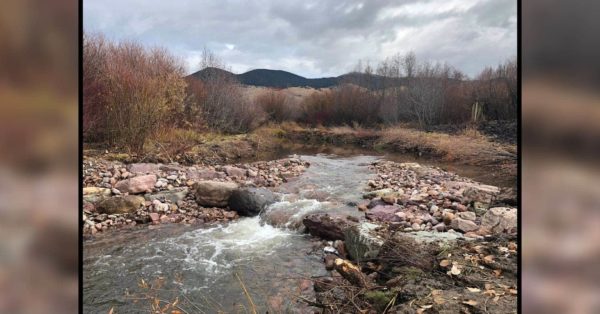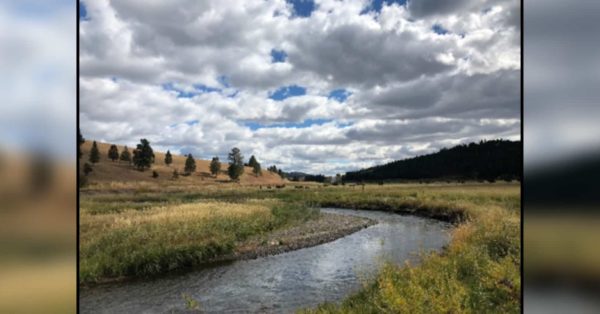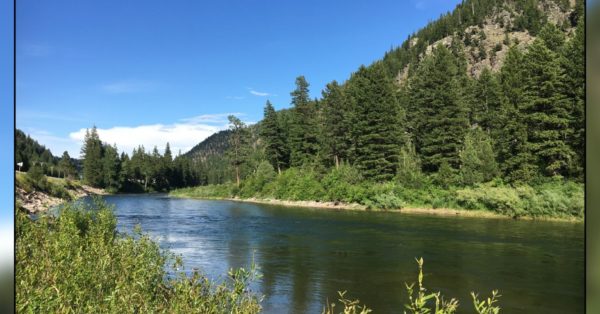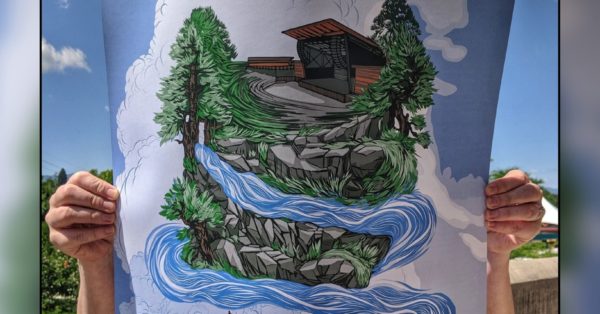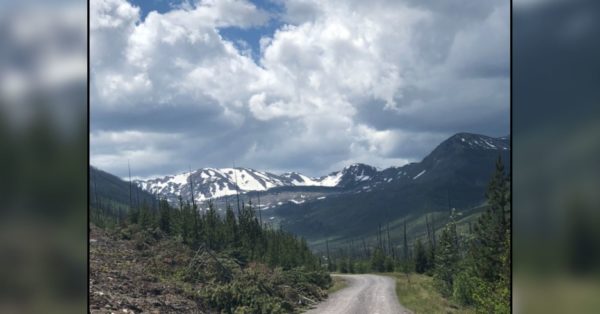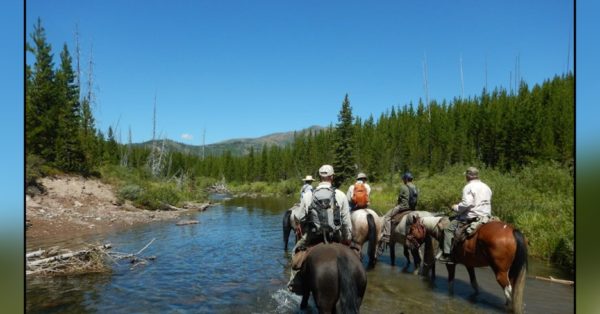
Blackfoot River Fund Update: Fish Screen Maintenance Program
Montana Trout Unlimited is continuing to use the Blackfoot River Fund to do two very important things along the Blackfoot River. They’re ensuring trout can migrate to healthy spawning streams while also improving the efficacy of irrigation systems that local ranchers use.
To do this, the MTU team has to provide the proper maintenance on fish screens, dams, head gates and other instream structures along the river.
MTU Executive Director, David Brooks, filled us in on the details and gave some more insight on the recent maintenance projects.
Healthy Trout Migration and Efficient Irrigation
During springtime when rivers are running high and muddy, it might surprise you to learn that’s also the time when westslope cutthroat trout start to move upstream—some migrating over 90 miles to get to healthy spawning streams, sometimes the same streams in which they were born. Springtime is also when irrigation season begins, ensuring landowners have a hay crop ready to cut in the summer to feed livestock through the coming winter
Making sure these fish can navigate through those many miles is an important focus of our restoration program in the Blackfoot. Sometimes trout can encounter obstacles on their river journeys — like irrigation dams or unscreened ditches, that can impede their movement. That’s why we invest in and install fish screens and irrigation diversion improvement programs.
Over the past 31 years, the Blackfoot Restoration team has had the opportunity to work with many different landowners on projects that upgrade their irrigation diversion to make them fish-friendly. These projects involve installing new head gates, building new instream structures that allow irrigators to pull water, while ensuring fish can still migrate upstream. We often add fish screens to our irrigation improvement projects to prevent trout from being trapped in irrigation ditches and lost to the river.
What’s a fish screen? Simply put, it’s a structure installed in a stream or a ditch that allows an irrigator to divert water while simultaneously keeping trout from swimming down the ditch. We have worked with seven different models, most of which are “hydro” or water powered, while others rely on electricity. To date, we have installed 36 different screens in the Blackfoot drainage. These projects are intended to be win-wins for both trout and the irrigator. But even the water-powered projects require regular maintenance to provide irrigation water and save fish.
As effective as fish screens can be to keep trout in the river and out of an irrigation ditch, there is no such thing as a “maintenance-free” screen. Irrigators take on the day-to-day upkeep, like cleaning the screen and removing sticks that may get through the head gate, but these screens are exposed to extreme weather, high flows, sediment and plenty of debris leading to periodic breakdowns. Over the years, the technology has improved and we now have several design options without moving parts, but these systems all require a little “TLC”. We recognize that if these screens are operating well, trout have a better chance of dodging an impairment and irrigators will be more effective with their time and water.
The number of screens operating throughout the Blackfoot led us to develop a fish screen maintenance program. We work with the Blackfoot Challenge Land Steward who visits these screens in the spring prior to irrigation season to check the structures, lubricate bearings and ensure that any gates designed to reduce debris in the ditch are open. Later in the fall when head gates are closed, the screens are all checked again and winterized. Our land steward is also available during the irrigation months if something should arise, like a broken fish screen part or a repair beyond normal maintenance work taken on by the irrigator.
This program is completely funded through private donations and this year, thanks to Logjam Presents and the Blackfoot River Fund, we were able to enhance this invaluable program and ensure that our screens are in good operating order. Right now there are westslope cutthroat trout returning to spawn in the places they were born and reared in the Blackfoot. With well-maintained fish screens in place, these fish will have a much better chance of producing the next generation of native trout. We appreciate all your support with this important effort!
— Written by David Brooks
Hydro-powered ‘paddlewheel’ fish screen.
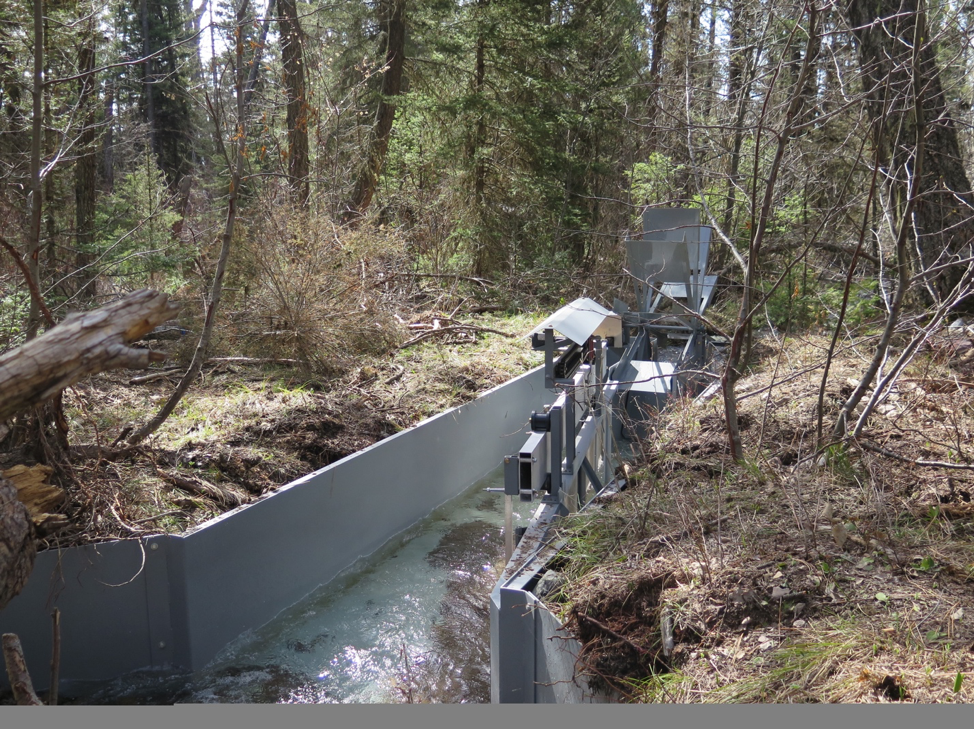
Drum-style fish screen.
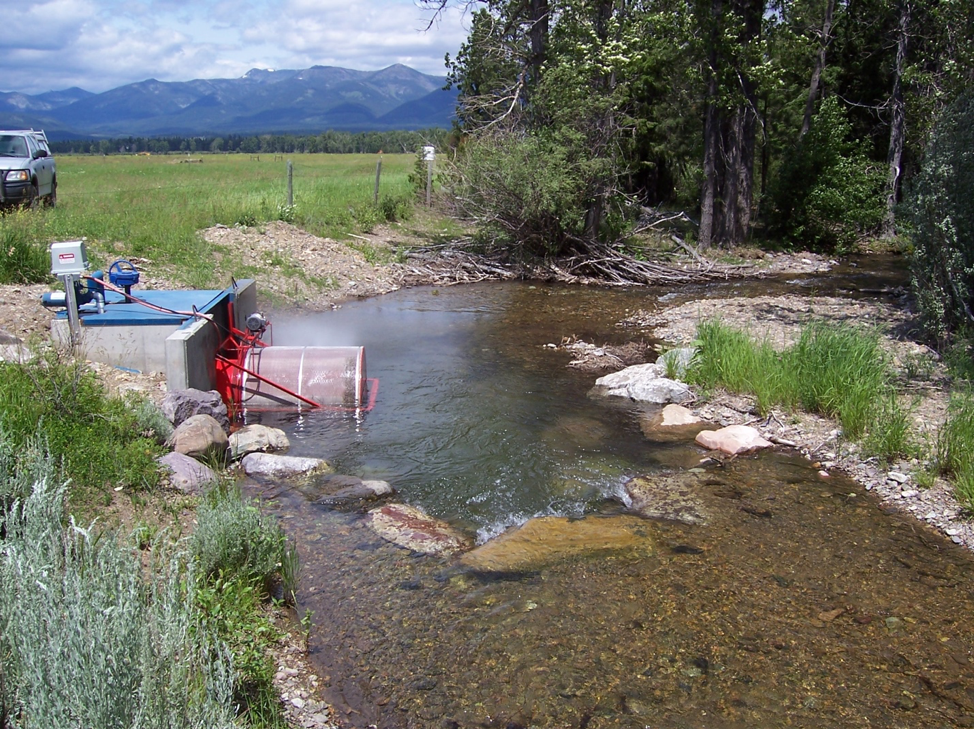
Installation of a coanda fish screen.
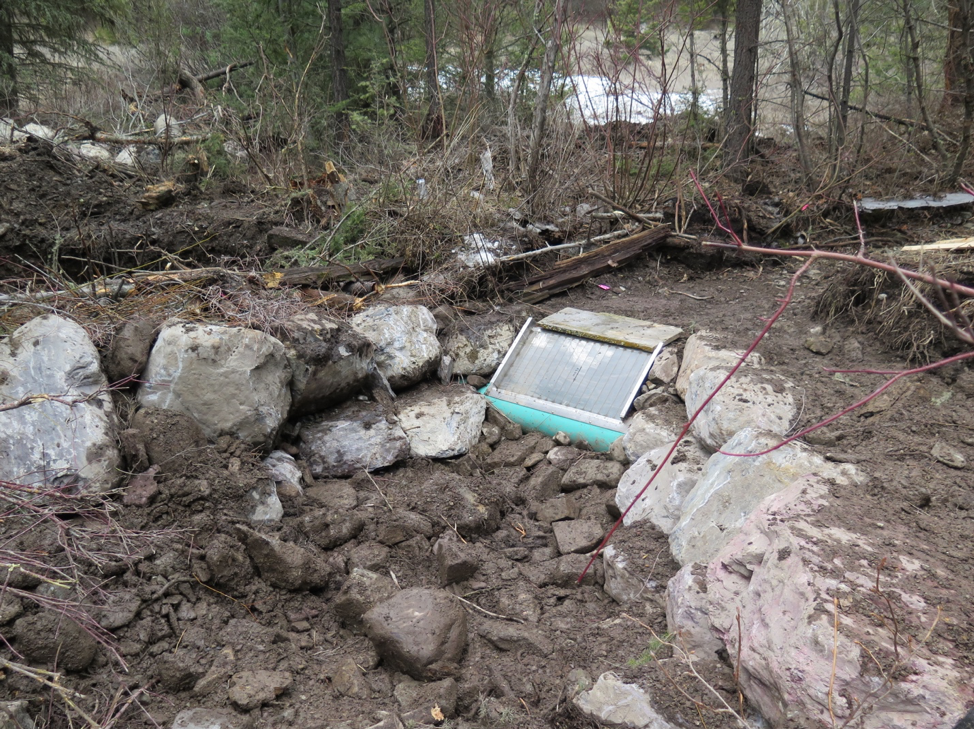
After installation of a coanda fish screen.
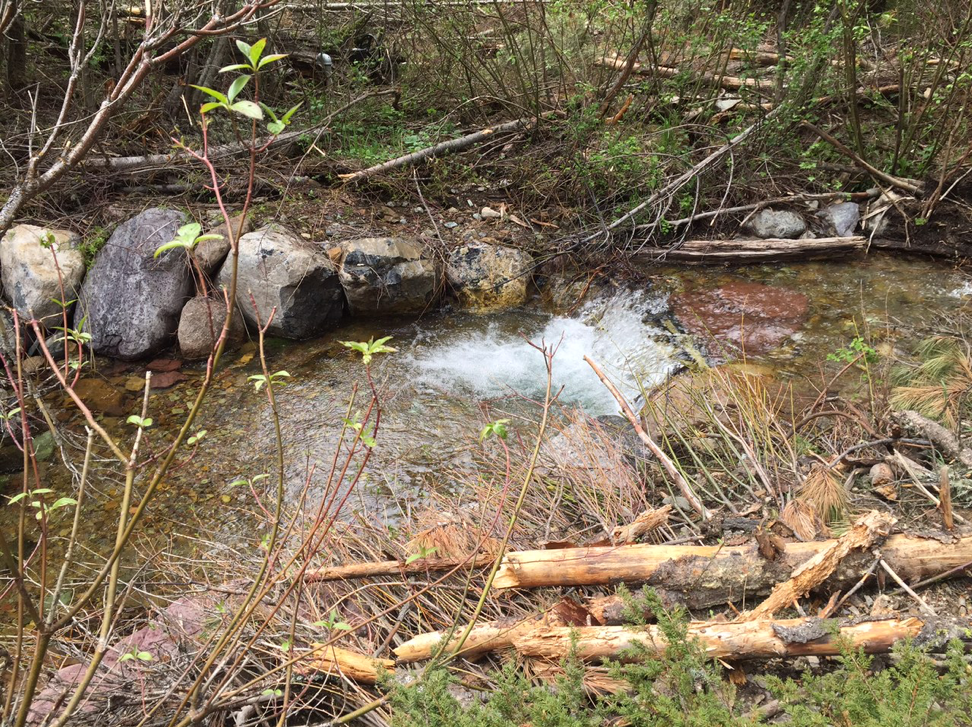
Did you know that Logjam and the rest of the Montana concert community will continue to raise money for the Blackfoot River Fund in 2019?
Once again, $1 from every ticket sold to a concert at KettleHouse Amphitheater will be donated to the Blackfoot River Fund, so that MTU can continue to protect and conserve the beautiful Blackfoot River!
Check out the full KettleHouse Amphitheater concert lineup here.

